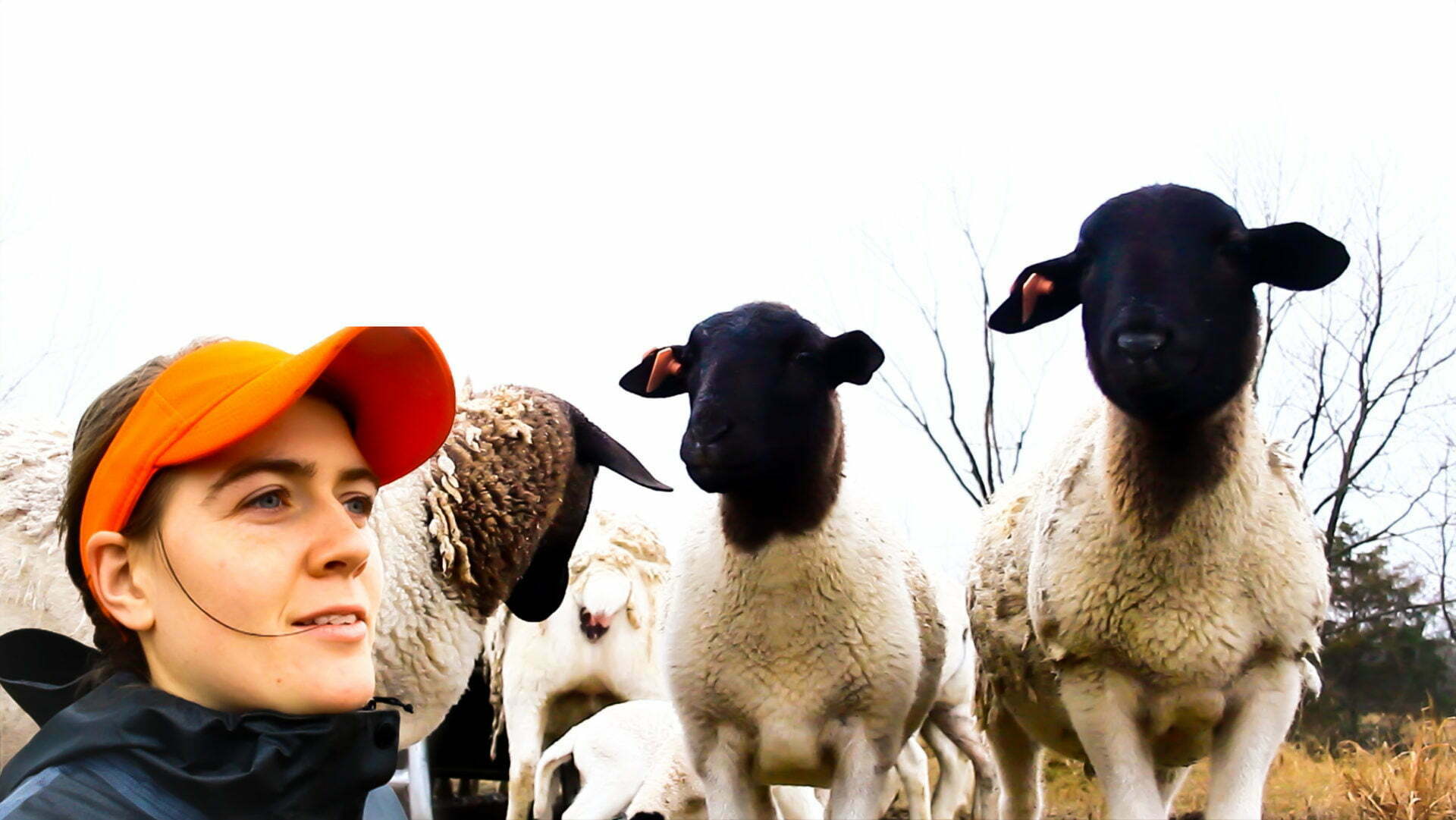FULL 35 MINUTE PODCAST: https://bit.ly/CorbittWall23
Corbitt Wall: @cattlemarketsummary8392
Here is a summary of the Beef Cattle Market in 2023 after extreme drought and input costs caused a crash in July 2022.
Join my Newsletter: http://bit.ly/ShepherdessNWSLTR
BUY THE BOOK HERE: http://bit.ly/ShepherdessMERCH
EMAIL: shepherdess (at) harmonyfarms.blog
the Shepherdess: All right. Joining me now is Corbitt Wall of National Beef Wires Feeder Flash We are speaking to those who follow the cattle market which crashed in July. Could you kind of give a month to month summary from basically where we left off in July to where we are now?
Corbitt Wall: Well, it came through July with extreme drought. in some of your biggest production areas. Mainly central Texas but also in the, in the northern plains and slightly in the Midwest too in your big cattle areas of, Missouri and Arkansas and places like that. A lot of producers had to cull their herds a lot more than they had planned to, a lot more than they wanted to.
Hay has become extremely high and not affordable to people that are just having to feed hay to keep their cows. So a lot of people had to get rid of their cows, which is resulting in lighter numbers. And our market has come to us in a big way.
In the last six months and is as high as it has been since 2015, and that’s when it was retreating from the all-time record highs of 2014.
the Shepherdess: So going into fall, has there been a category that’s pulled stronger?
Corbitt Wall: Our fat cattle market has, come up a bunch. We’re right in the $1.55 to $1.57 range right now, historically the highest your cattle market has ever been on direct basis is $1.72.
We’re nearing that. I have my doubts if we’re going to hit that. Our, our light calves are, are selling very well and they’re selling very well early. We normally see your grass grazers come into the. early in the year, maybe in January and February because they wanna avoid the rush of the March and April market.
And so they’ve already come into the market because they know that numbers are gonna be tight. They just have to find something to keep those calves alive until the grass turns green. And that’s basically what they’re wanting to do.
Our cow numbers are probably the tightest right now. And then that will lead to our calf numbers being extremely tight. We’re just gonna be a lot lower on our spring born calves than we have been
the Shepherdess: Has there been any behavior in the market from either the producer. Or the Packer side that has people scratching their heads within this last six months.
Corbitt Wall: I haven’t seen as many people looking to take advantage for the big demand that there’s gonna be for replacement stock, for breeding stock. We are just now in the last few weeks, Starting to see more producers keeping heifers back, but a lot of ’em couldn’t afford to, you know, they needed to sell those heifers to, to pay bills.
And the markets come up a little bit affording some producers the option to, to keep more heifers back to rebuild their, their cow herd.
But I thought that a bread heifer or replacement quality open heifer would be higher now than, than what it is. It’s just taking longer. And most of that’s due to your input and, and, and lack of feed. But normally we would see that.
I think our high market may last three years we might have a better window to make some money for a while because your producers weren’t able to reload as quick.
the Shepherdess: In your opinion with that longer window, are we just gonna see a continuation of pretty good prices rather than what we expected… you know, short blitz.
Yeah. within the last six or eight months people say, how good’s this thing gonna get, you know, how high is it gonna get? I think we’re in it now, you know, a a 500 pound steer calf, which is what a lot of people try to raise is bringing you.
$2.25 a pound. That, that’s pretty good. A lot of top quality 600 pound calves are bringing $2 a pound. As a rule of thumb, producers usually want to yield a thousand dollars ahead from their calves. they’re doing it now. But like we said several times already, the input costs and the lack of feed is, is taking fun out if it.
the Shepherdess: And a thousand dollars today would be. something like, you know, $800 two years ago with just the cumulative rate of inflation. Yes, exactly.

Leave a Reply